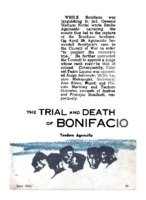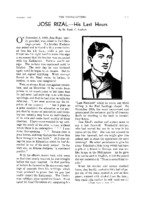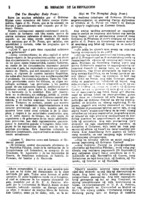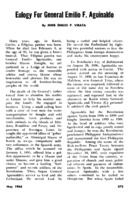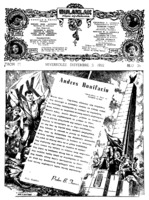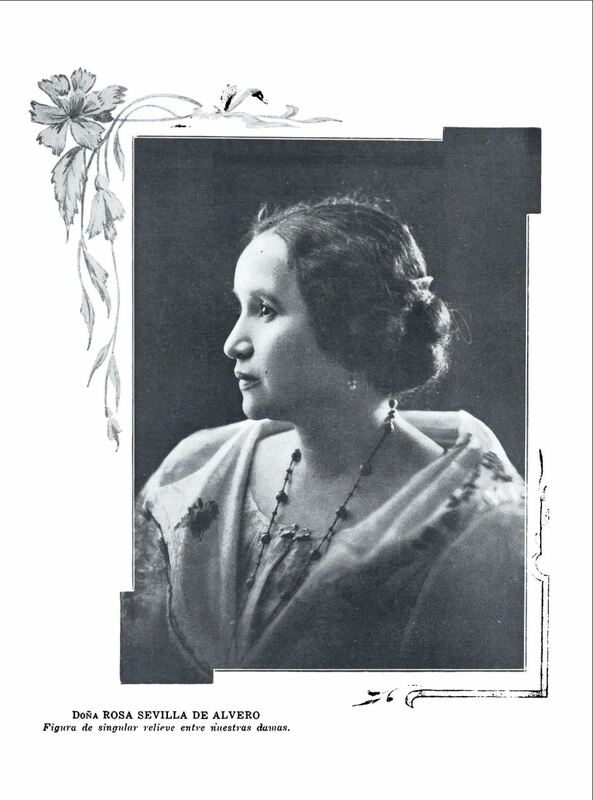
Significant characters in Philippine history and culture
Philippine newspapers not only report the news, but also include interviews to relevant personalities of the moment, and biographies and tributes to those contemporary or past people who, in the opinion of the editorial team, played an important role in the history of the Philippines. In this way, we can understand how national heroes and heroines were created, what aspects of their lives were most appreciated and how they have been commemorated over the years.
